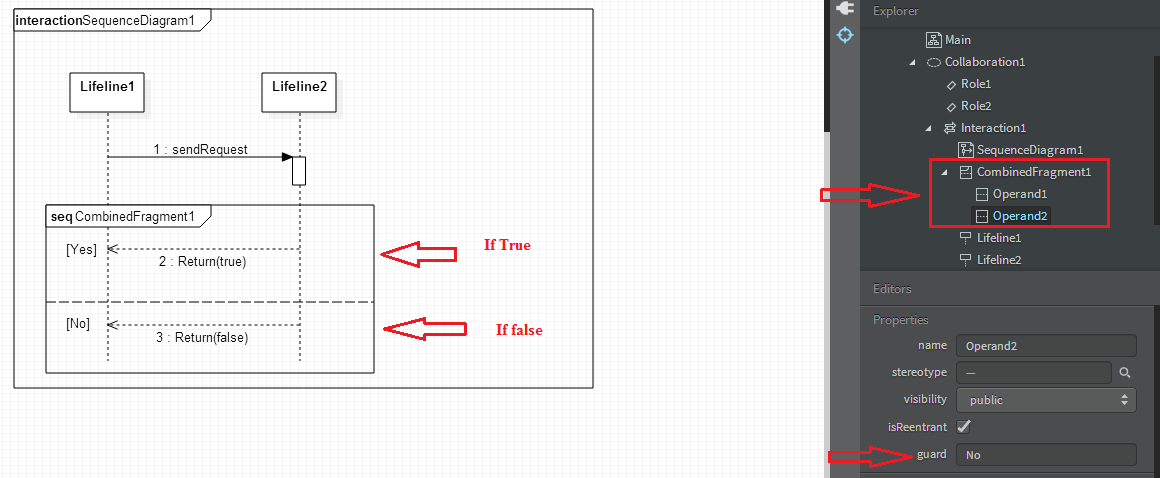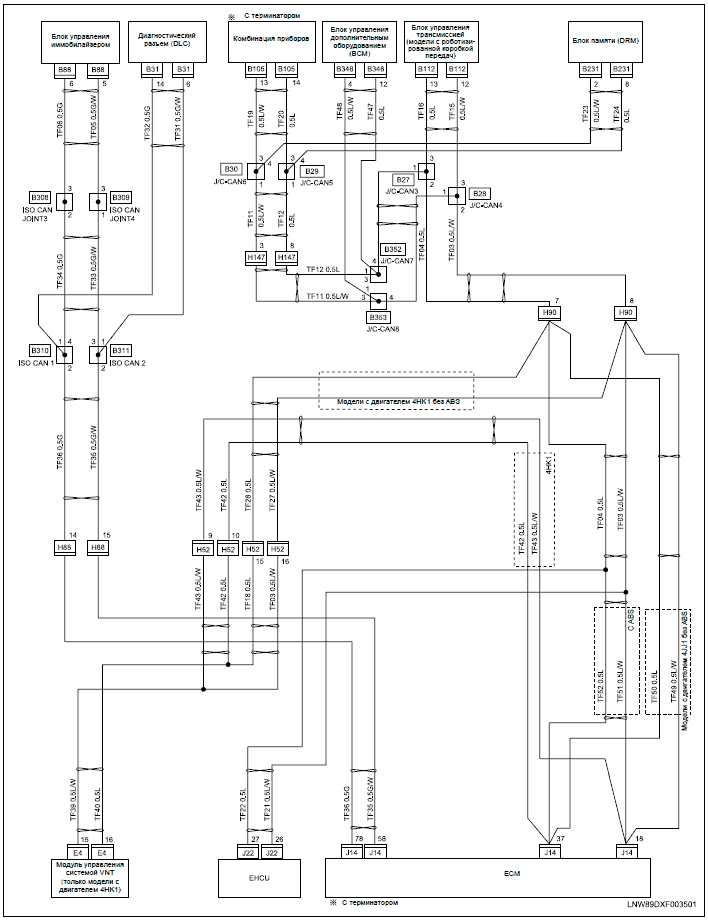
- #Sequence diagram using staruml full#
- #Sequence diagram using staruml android#
- #Sequence diagram using staruml software#
one component vs many components per JAR file, DLL, shared library, etc) is a separate and orthogonal concern.Īn important point to note here is that all components inside a container typically execute in the same process space. Aspects such as how those components are packaged (e.g. If you're using a language like Java or C#, the simplest way to think of a component is that it's a collection of implementation classes behind an interface.
#Sequence diagram using staruml software#
The word "component" is a hugely overloaded term in the software development industry, but in this context a component is a grouping of related functionality encapsulated behind a well-defined interface.
#Sequence diagram using staruml full#
File system: A full local file system or a portion of a larger networked file system (e.g.Amazon S3, Microsoft Azure Blob Storage, etc) or content delivery network (e.g. Blob or content store: A blob store (e.g.Database: A schema or database in a relational database management system, document store, graph database, etc such as MySQL, Microsoft SQL Server, Oracle Database, MongoDB, Riak, Cassandra, Neo4j, etc.Serverless function: A single serverless function (e.g."public static void main") application, a batch process, etc.

#Sequence diagram using staruml android#

A container is something that needs toīe running in order for the overall software system to work.

Not Docker! In the C4 model, a container represents an application or a data store.

In many cases, a software system is "owned by" a single software development team. This includes the software system you are modelling, and the other software systems upon which your software system depends (or vice versa). actors, roles, personas, etc).Ī software system is the highest level of abstraction and describes something that delivers value to its users, whether they are human or not. Which in turn are implemented by one or more code elements (classes, interfaces, objects, functions, etc).Īnd people may use the software systems that we build.Ī person represents one of the human users of your software system (e.g. In order to create these maps of your code, we first need a common set of abstractions to create a ubiquitous language that we can use to describe the static structure of a software system.Ī software system is made up of one or more containers (applications and data stores),Įach of which contains one or more components,


 0 kommentar(er)
0 kommentar(er)
